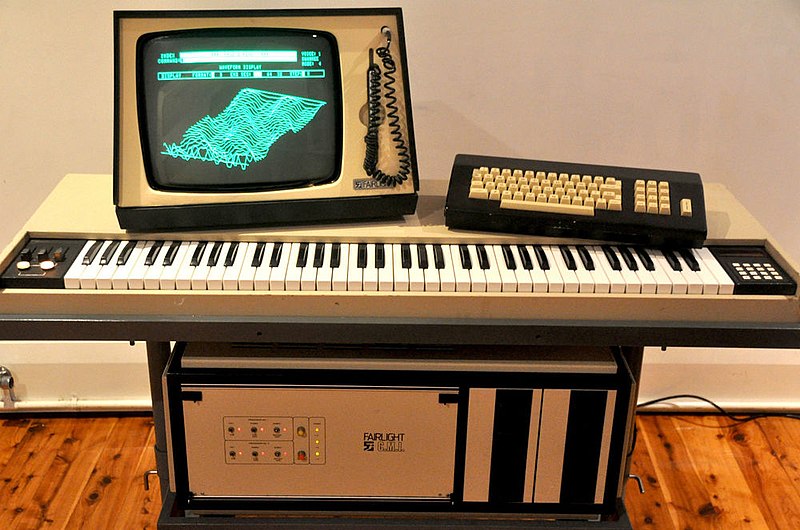The Ensoniq Mirage is a digital synthesizer and sampler introduced in 1984 by the Pennsylvania-based company Ensoniq. The Mirage was one of the first affordable digital synthesizers on the market and quickly gained popularity among professional and amateur musicians.
The Mirage featured a unique sound generation system called “DSS” (Digital Sampling Synthesis) which combined the capabilities of both sampling and synthesis. It allowed the user to record and manipulate samples in real-time and then use them as the basis for creating new sounds. The Mirage also featured a built-in 8-track sequencer and a variety of preset and user-editable sounds, making it a versatile and powerful instrument.
One of the most notable features of the Mirage was its low cost. At the time of its release, it was significantly less expensive than other digital synthesizers on the market, such as the Fairlight CMI and the Synclavier. This made it accessible to a broader range of musicians and helped to establish Ensoniq as a major player in the synth market.
The Mirage’s design was also notable for its compact size, making it easy to transport and set up. The synth featured a built-in keyboard with velocity-sensitive keys and could also be played using an external MIDI controller.
The Mirage was also known for its ease of use. The interface was simple and intuitive, with a clear layout that made it easy to navigate and edit sounds. The built-in sequencer also made it simple for users to record and edit their own compositions.
Ensoniq released several updates and upgrades to the Mirage throughout its production run, including the Mirage DSK-1, Mirage DSK-8, and Mirage DSK-16. The DSK-1 and DSK-8 were expansion units that added extra memory and more advanced sequencing capabilities to the Mirage. The Mirage DSK-16 was a rack-mount version of the Mirage that did not include a built-in keyboard.
The Ensoniq Mirage was discontinued in the early 1990s, but it remains a cult classic among synth enthusiasts. Its unique sound generation system and ease of use made it a popular choice for electronic music producers, and it can be heard on many tracks from the 1980s and 1990s.
In conclusion, The Ensoniq Mirage was a revolutionary digital synthesizer that was affordable, easy to use, and powerful. Its combination of sampling and synthesis capabilities, built-in sequencer and its low cost made it a popular choice among musicians of the time. It remains a cult classic and its sound can be heard on many tracks from the 80s and 90s.
Used by
- Depeche Mode: The band extensively used a Mirage on their album “Black Celebration” and their “Music for the Masses” tour.
- New Order: The band used a Mirage on their ” Technique ” album and their “World In Motion” single.
- Pet Shop Boys: The band used a Mirage on their album “Please” and also on their “Actually” album.
- Jean-Michel Jarre: The French electronic musician used a Mirage on his album “Rendez-Vous”
- Thomas Dolby: The English musician and producer used a Mirage on his album “The Golden Age of Wireless”
- A-ha: The Norwegian band used a Mirage on their album “Scoundrel Days”
- Vince Clarke: The musician and producer used a Mirage on his album “The Clarke Duke Project”
- Neneh Cherry: The singer-songwriter used a Mirage on her album “Raw Like Sushi”


